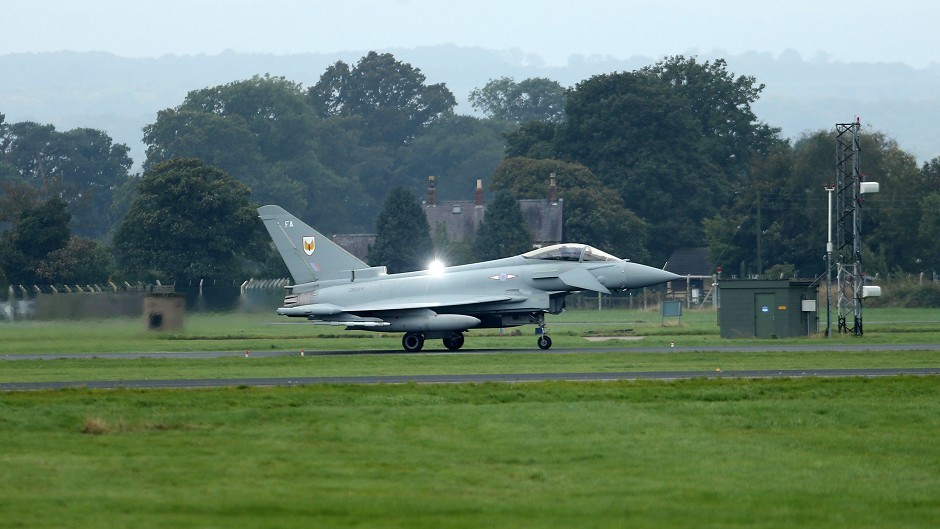Defence is often said to be a government’s first duty. Calum Ross outlines the military implications of Scottish independence.
The armed forces have been described as the most “union-focused” of all Britain’s public services, and therefore among the most complicated to break up.
Questions have been raised over the way assets would be divided, the willingness of Scots to switch to the new Scottish Defence Force, and whether its proposed £2.5billion budget would be sufficient.
Then there is the no-less complex issue of Trident, its removal and the impact on jobs, as well as Scotland’s bid to re-join Nato.
However, a vote for the status quo is not without risk either.
The UK military has been hit hard in recent spending rounds, including base closures and thousands of redundancies – and more cuts are expected.
Capability gaps could also be plugged by independence, such as the SNP’s plans to replace the scrapped Nimrod with new maritime patrol aircraft.
While on the nuclear question, there is a level of support in Scotland for removing the missiles from the Clyde.
Malcolm Chalmers, director at the Royal United Services Institute, has said that Scotland would be able to maintain a “small, but capable, armed forces” that in the future could make a “useful contribution” to international security.
However, he added that the costs and “organisational disruption” caused by the transition would be “significant”, and there could be a future crisis where Scotland could not “assume the automatic support of its southern neighbour”.
The SNP’s proposed defence budget is based on Denmark’s.
Major Rune Hoffmann, of the Royal Danish Army, admitted to the Press and Journal last year that Denmark could not defend itself from attack without the support of Nato allies.
However, he also asked: “Who on Earth would attack Scotland?”
